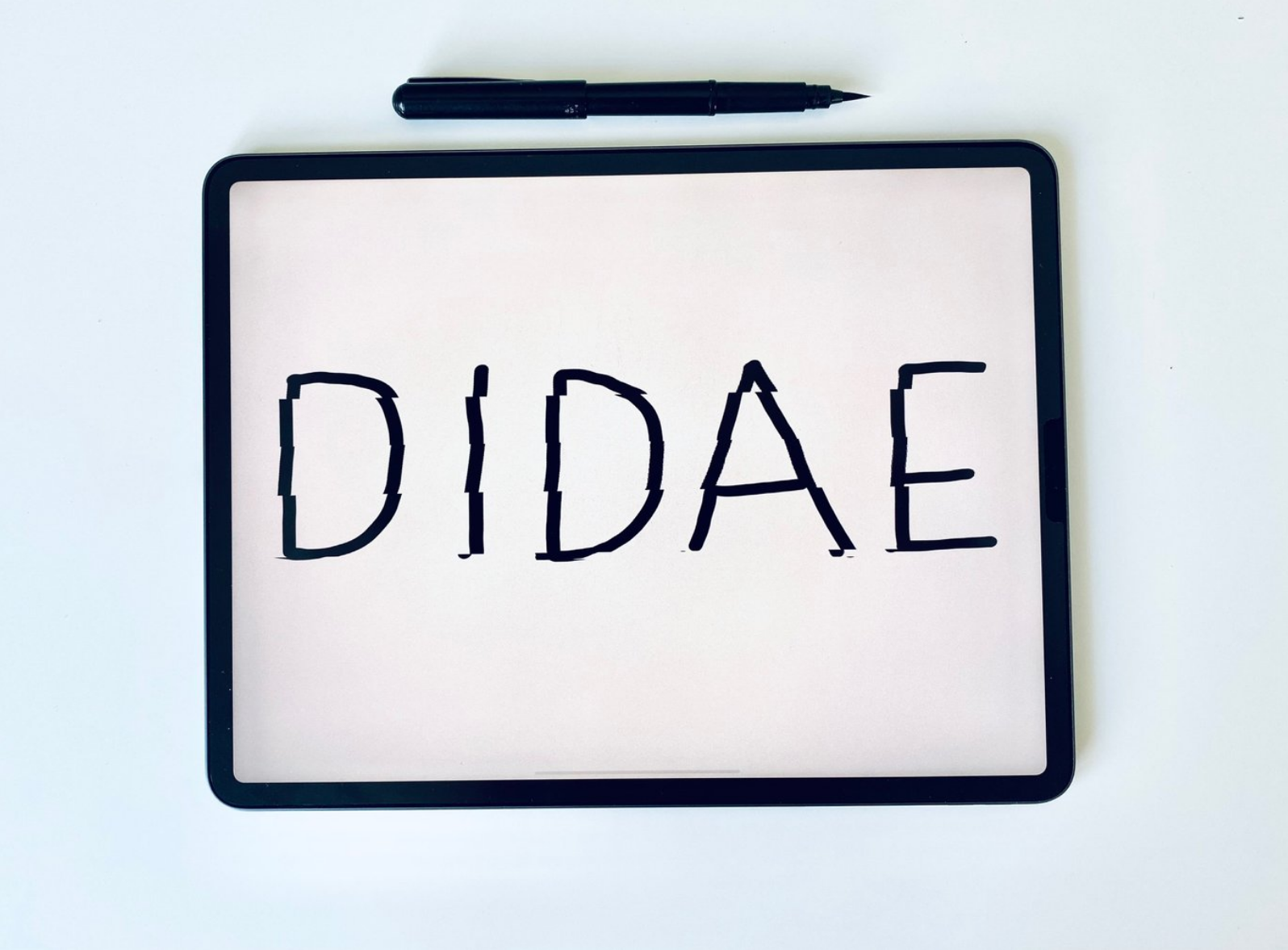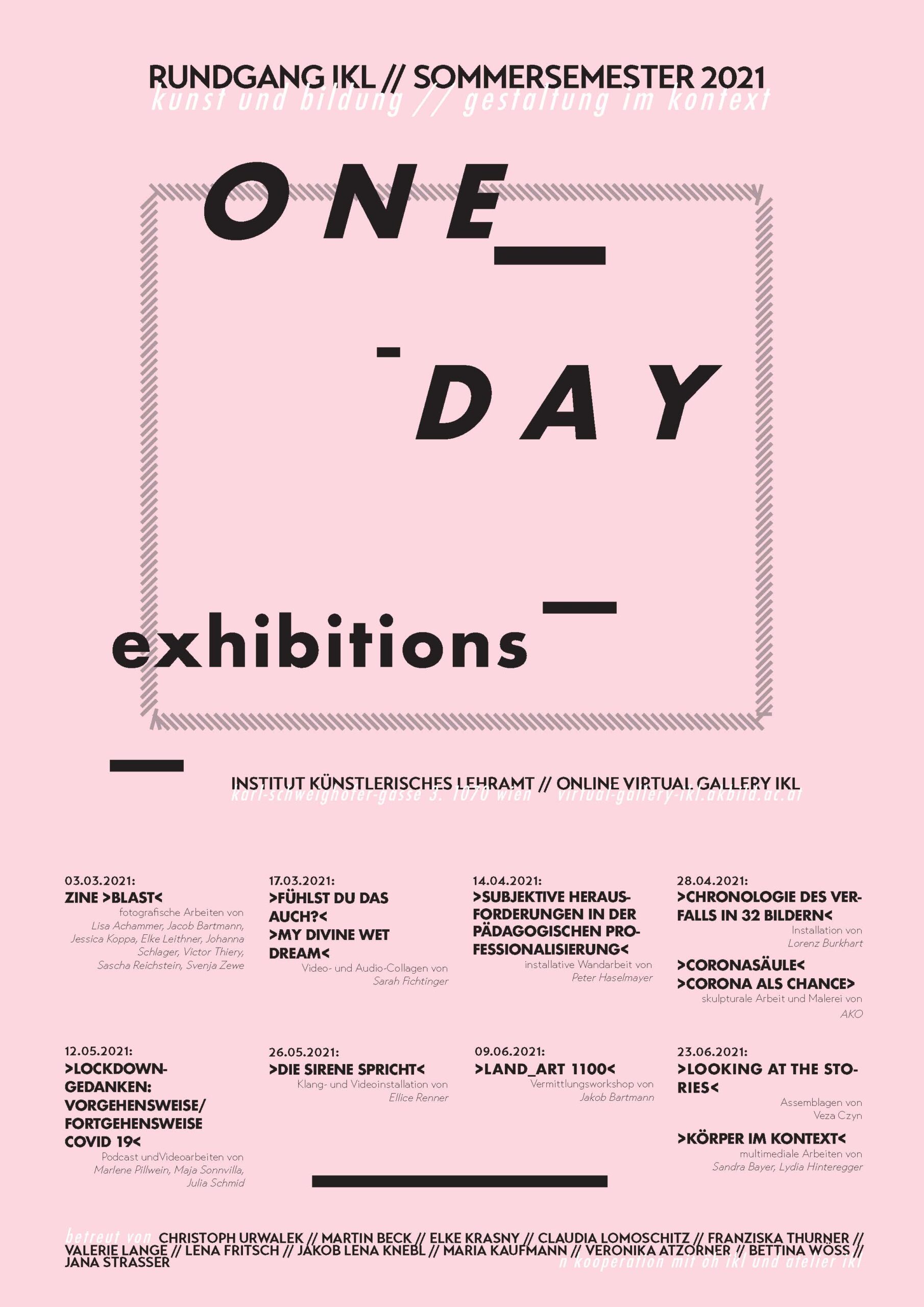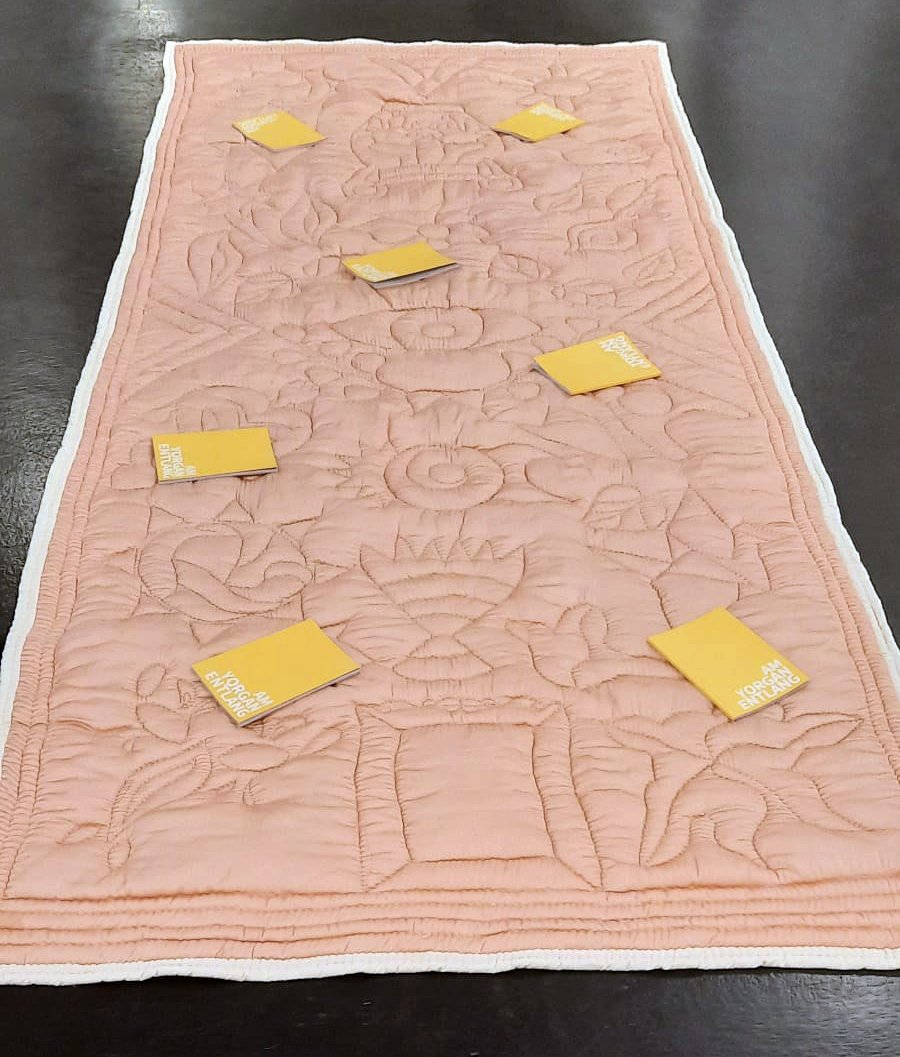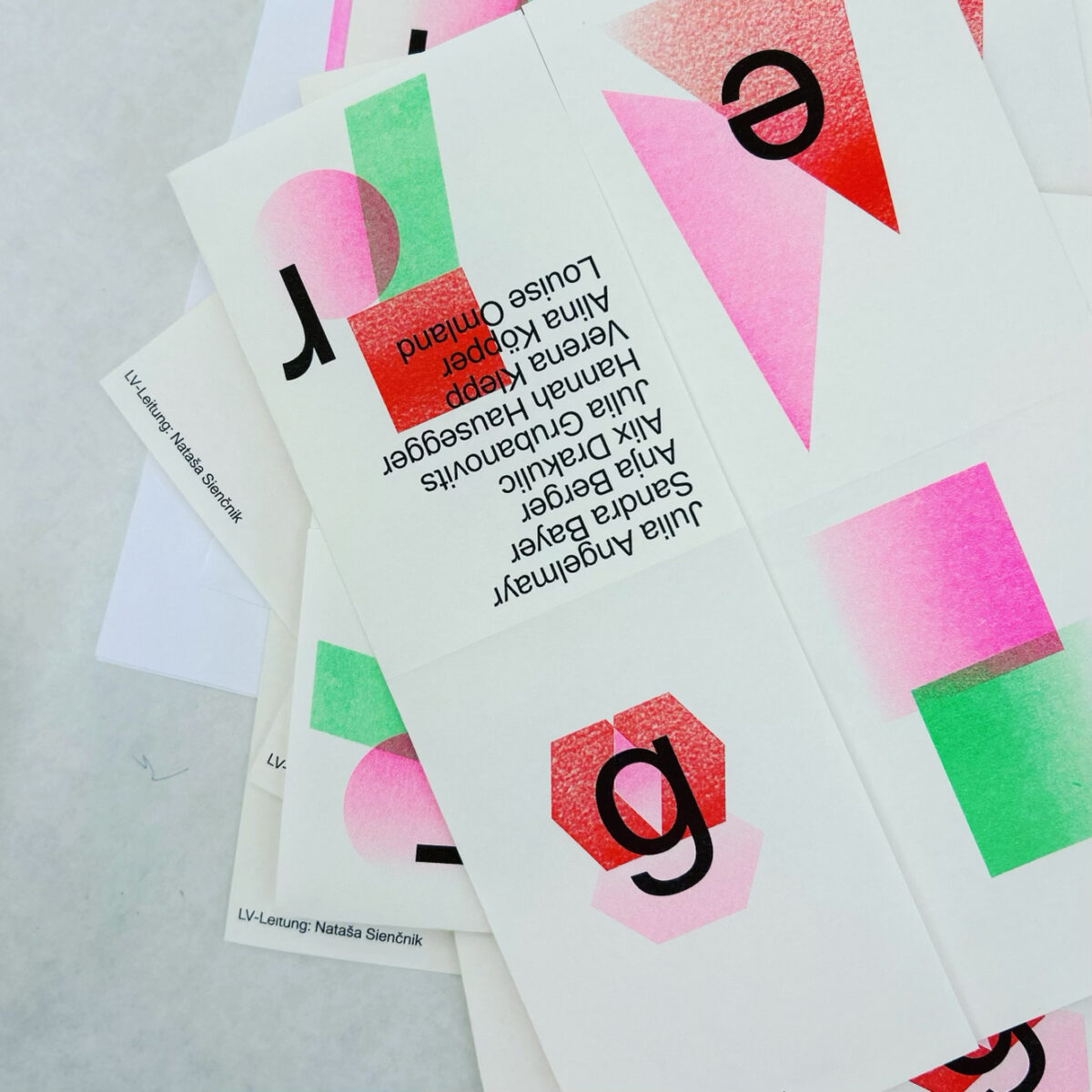DIGITAL DIDACTICS IN ART EDUCATION (DIDAE) is an OER (Open Educational Resources) platform that provides an overview of easily accessible digital TOOLS for art-making, art education, design education, and specially developed associated IDEAS for your teaching practice.
The DIDAE website brings together the results of the Erasmus+ project DIDAE, a two-year joint research project by five European universities. The project emerged from the need for more high-quality digital resources to be used in higher education and school education that became evident during the Covid-19 pandemic. The criteria used by the consortium for selecting and creating the tools and ideas included: free access, straightforward user interface, usability, data privacy, online stability, running on different devices, peer-to-peer learning among users, social inclusion, and creative potential.
The DIDAE platform facilitates the use of digital resources for art-making, both in pandemic times when distance learning is necessary and in post-pandemic times when students and teachers have returned to physical classrooms. Using physical and digital tools for art-making will broaden the creative skills of pupils and teachers. The many benefits of digital education are not bound to a pandemic context: Aside from Covid-19, students unable to attend the physical classroom should, in general, be enabled equal participation in education. DIDAE has great potential to foster various dimensions of inclusion.
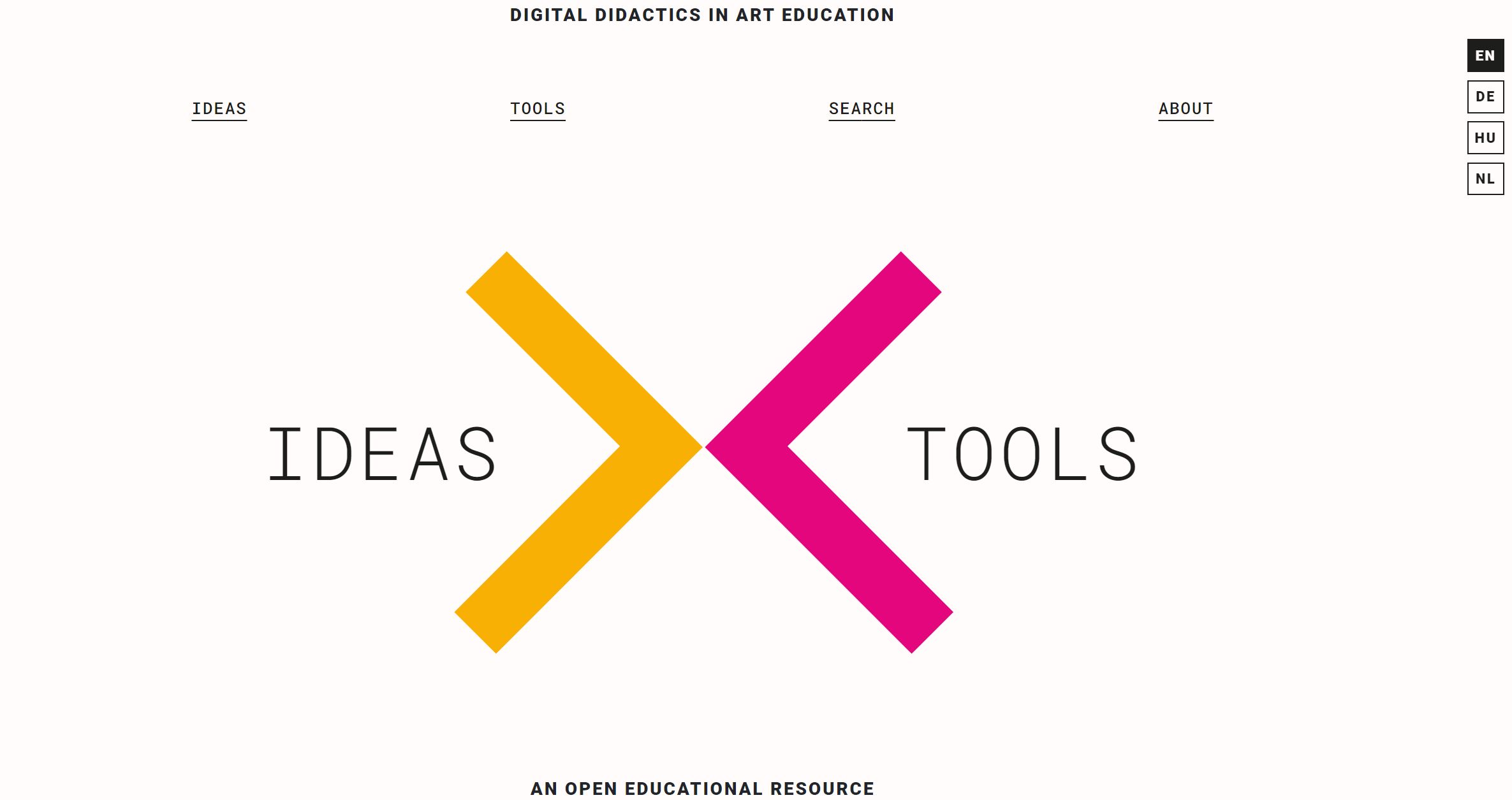
The tools were collected, assessed, categorized, and filtered by our international team of experts in education, the digital world, and the arts. The selection collected on the platform represents tools that have convinced us in our discussions and practical tests that met our requirements regarding usability and accessibility.
Based on the tools, the platform provides ideas developed and evaluated by members of our team and their students in their classes. Here, we make the results accessible. YOU can implement them, use them as inspiration, and/or expand on them.
Accessibility was the main focus in the development of the website. Our team paid attention to accessibility and usability in classroom situations. The selection of tools and ideas seeks to avoid the reproduction of different forms of discrimination in content and language. We have tried to contextualize each assignment and every idea in our current, digitally globalized present.
The project is funded by Erasmus+ Programme of the European Union. Its Key Action is cooperation for innovation and the exchange of good practices. The ERASMUS+ project ends in 2023.
